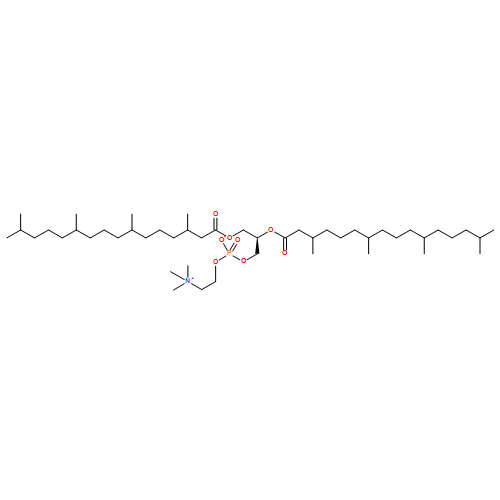Co-reporter: Monifa A. Fahie, Bib Yang, Martin Mullis, Matthew A. Holden, and Min Chen
pp: 11143
Publication Date(Web):October 9, 2015
DOI: 10.1021/acs.analchem.5b03350
Outer membrane protein G is a monomeric β-barrel porin that has seven flexible loops on its extracellular side. Conformational changes of these labile loops induce gating spikes in current recordings that we exploited as the prime sensing element for protein detection. The gating characteristics, open probability, frequency, and current decrease, provide rich information for analyte identification. Here, we show that two antibiotin antibodies each induced a distinct gating pattern, which allowed them to be readily detected and simultaneously discriminated by a single OmpG nanopore in the presence of fetal bovine serum. Our results demonstrate the feasibility of directly profiling proteins in real-world samples with minimal or no sample pretreatment.
